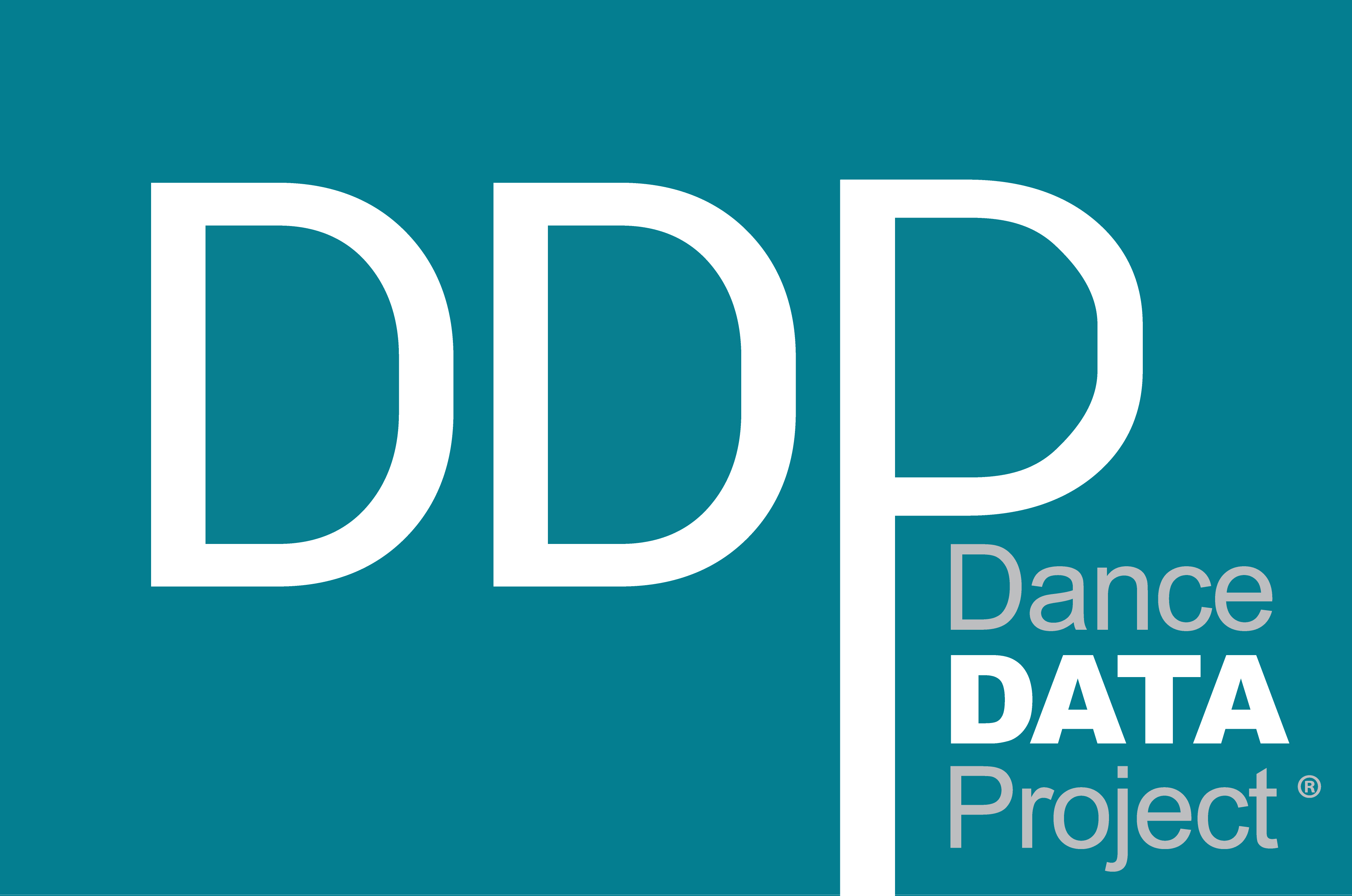Stance on Dance: Thinking about Western Dance Culture
"The Devil Ties My Tongue" by Amy Seiwert performed for the SKETCH Series, 2013. Photo by David DeSilva. Courtesy of Amy Seiwert's Imagery
April 30th: South Arts: Professional Development & Artistic Planning Grants, April 30th: South Arts: Express Grants, May 6th: Doris Duke Foundation Grant, May 7th: South Arts Individual Artist Career Opportunity Grant, May 27th: Dancemakers Residency, June 1st: Miami DanceMakers
×
"The Devil Ties My Tongue" by Amy Seiwert performed for the SKETCH Series, 2013. Photo by David DeSilva. Courtesy of Amy Seiwert's Imagery
by Emmaly Wiederholt
16 November 2020
Can you tell me a little about your dance history – what shaped who you are today?
My name is Bradford, and I use he/him/his pronouns. I am a San Francisco native, which is becoming increasingly rare and comes with its own privileges. I did not take my first ballet or modern classes until I was a freshman in college at Cal State Long Beach. I started as a pre-med biology major. I was introduced to and encouraged to dance at the end of high school by Nina Mayer, but as far as what people would consider “formal training” in Western dance culture, it wasn’t until college. Somehow, I got into the program when I auditioned to minor, which happened to be the same audition to major, and then I switched.
I had a very conservative Christian upbringing coupled with my experience as an Asian American. Undergrad, for me, was a lot of struggle, both internally and externally. I was trying to navigate my sexuality without having role models or support. Doing that alone, along with not having familial support on my new dance journey, was really hard. But it also felt like the right path, and those experiences informed my interest in the minoritized student experience in Western dance culture. I didn’t have the vocabulary to iterate or understand the questions I was dealing with at the time. It’s only after I’ve graduated and continued with this line of work that I’ve been able to contextualize it.
As a freelance choreographer, my questioning revolves around Western dance performance practices, conventions of Western dance theater, why we do the funny things we do, what is it about the choreographer/dancer/audience relationship, etc. Unpacking that led me into questioning how educational practices in dance continue to perpetuate those practices in performance.
I have had the privilege of working with marginalized student populations, like students from very low-income households, people of color, and people with disabilities, which has significantly impacted my pedagogy and how I consider equity in dance. I’m currently a dancer and teaching artist with AXIS Dance Company, a physically integrated dance company which is one of the world’s leaders in inclusive dance education. Physically integrated means we have dancers with and without physical disabilities.
All these experiences continue to build on my questioning of Western dance practices, and now I’m going into the next iteration of these research interests: How does inequality impact the aesthetics of Western concert dance?
Read the entire article here.
Reach out to us to learn more about our mission.
"The Devil Ties My Tongue" by Amy Seiwert performed for the SKETCH Series, 2013. Photo by David DeSilva. Courtesy of Amy Seiwert's Imagery

 Hyperallergic: In Abrupt Announcement, Philadelphia Museum of Art Closes and...
Hyperallergic: In Abrupt Announcement, Philadelphia Museum of Art Closes and...
Leave a Reply
Want to join the discussion?Feel free to contribute!